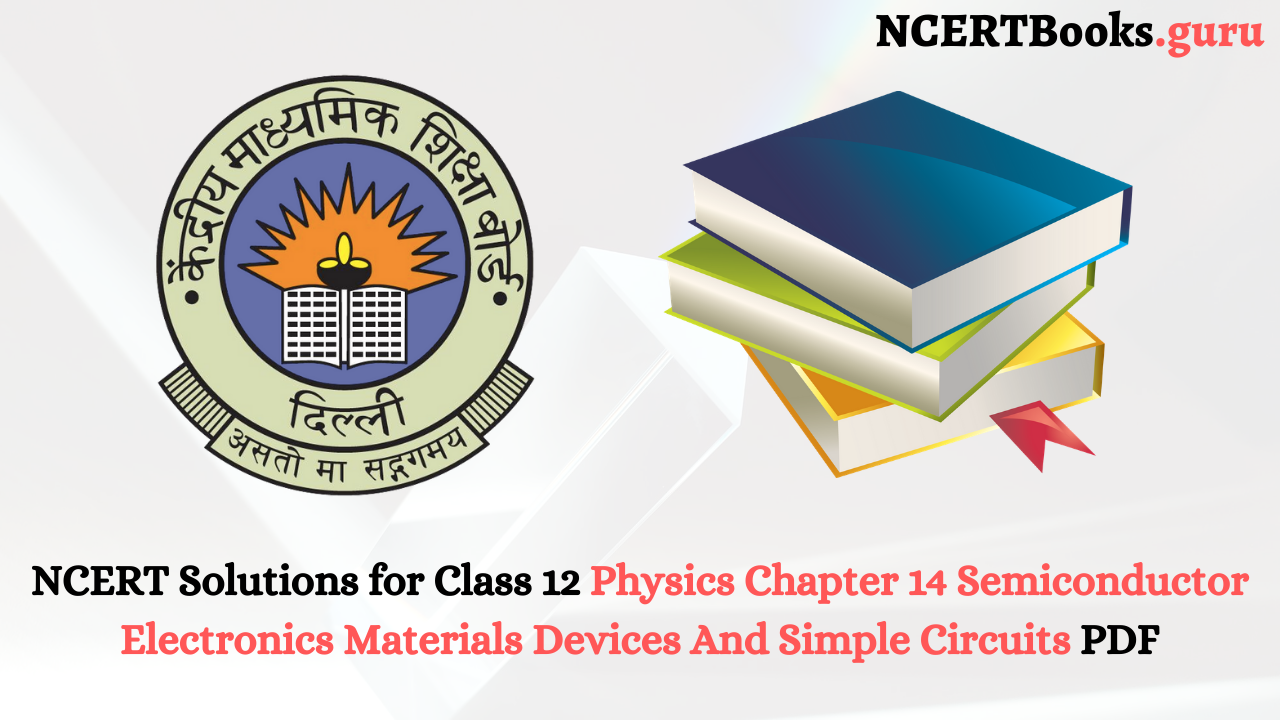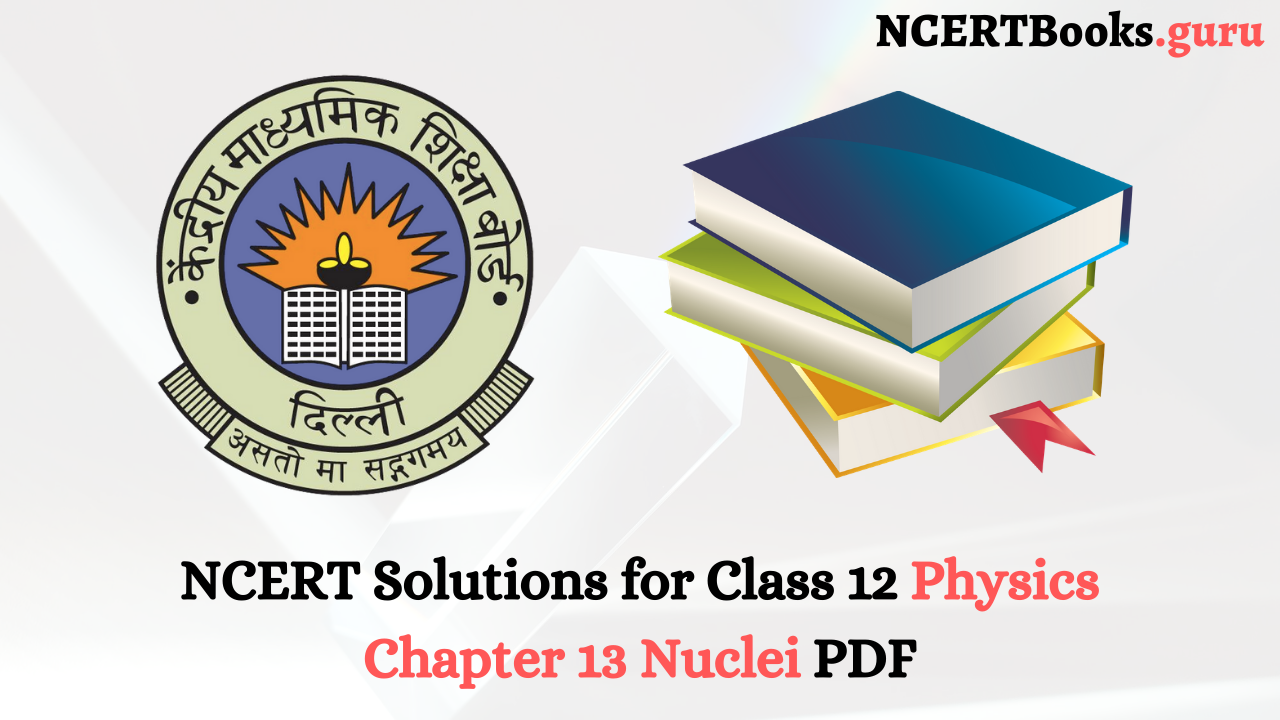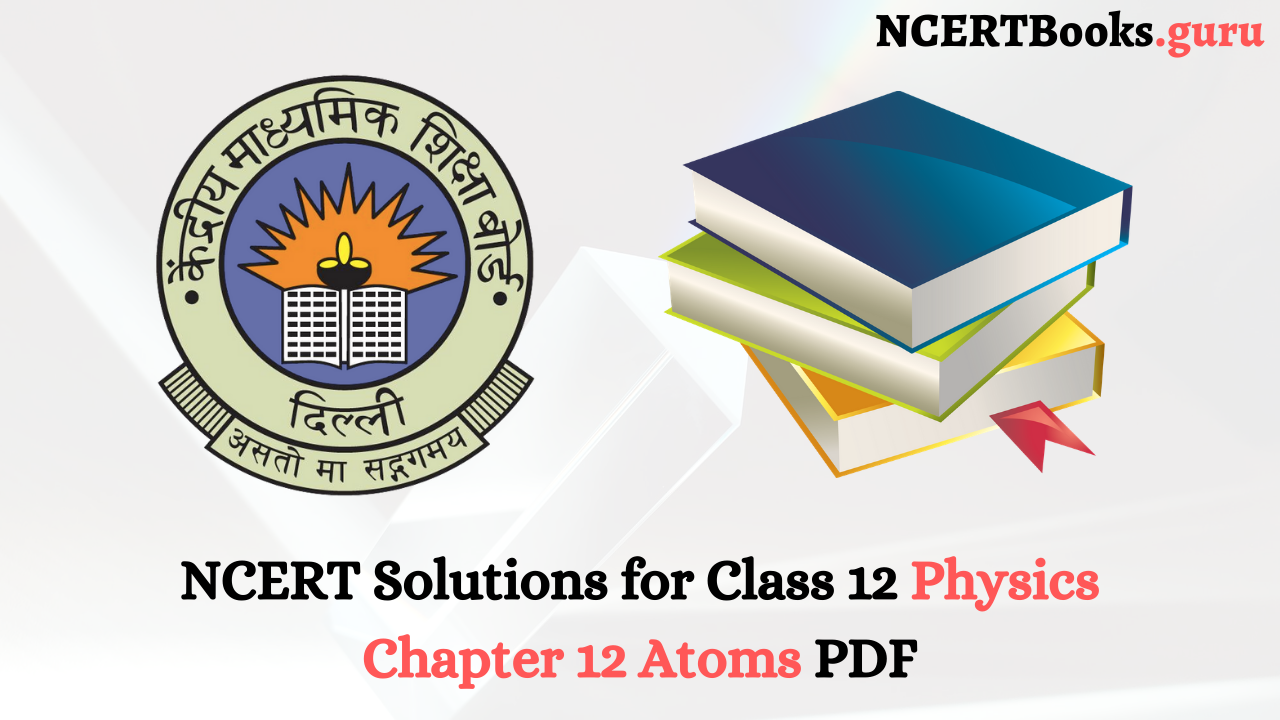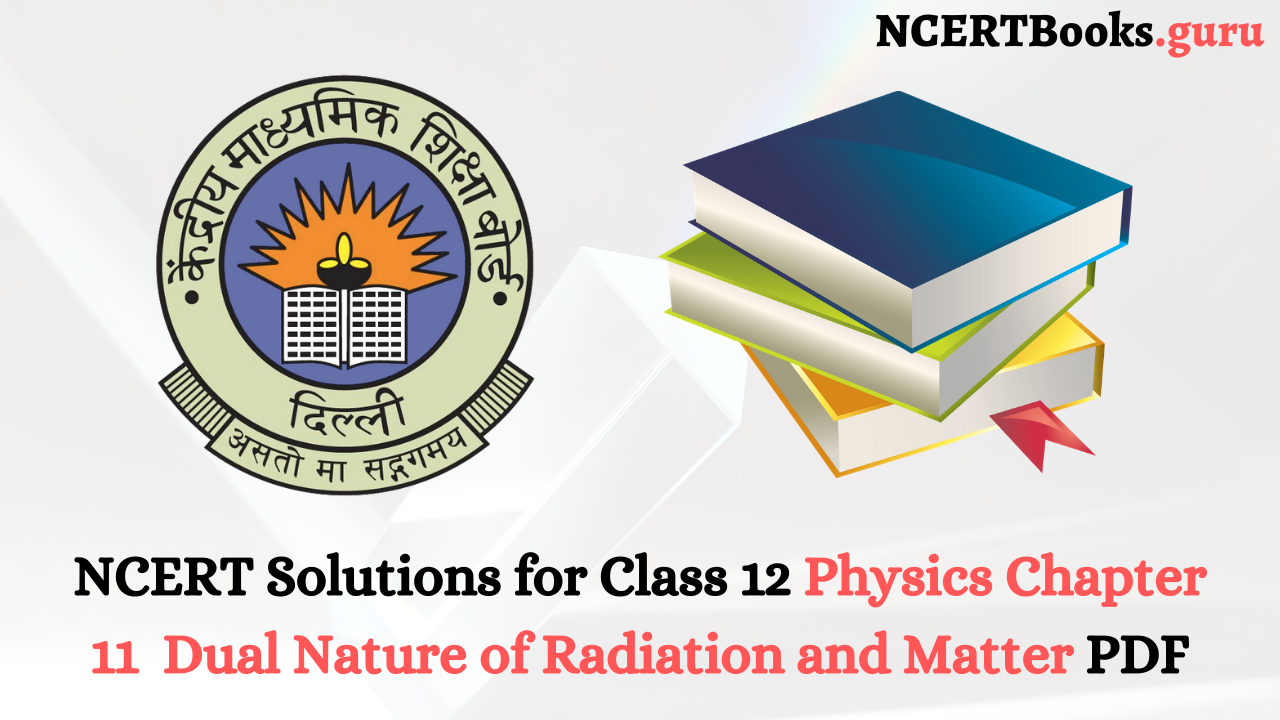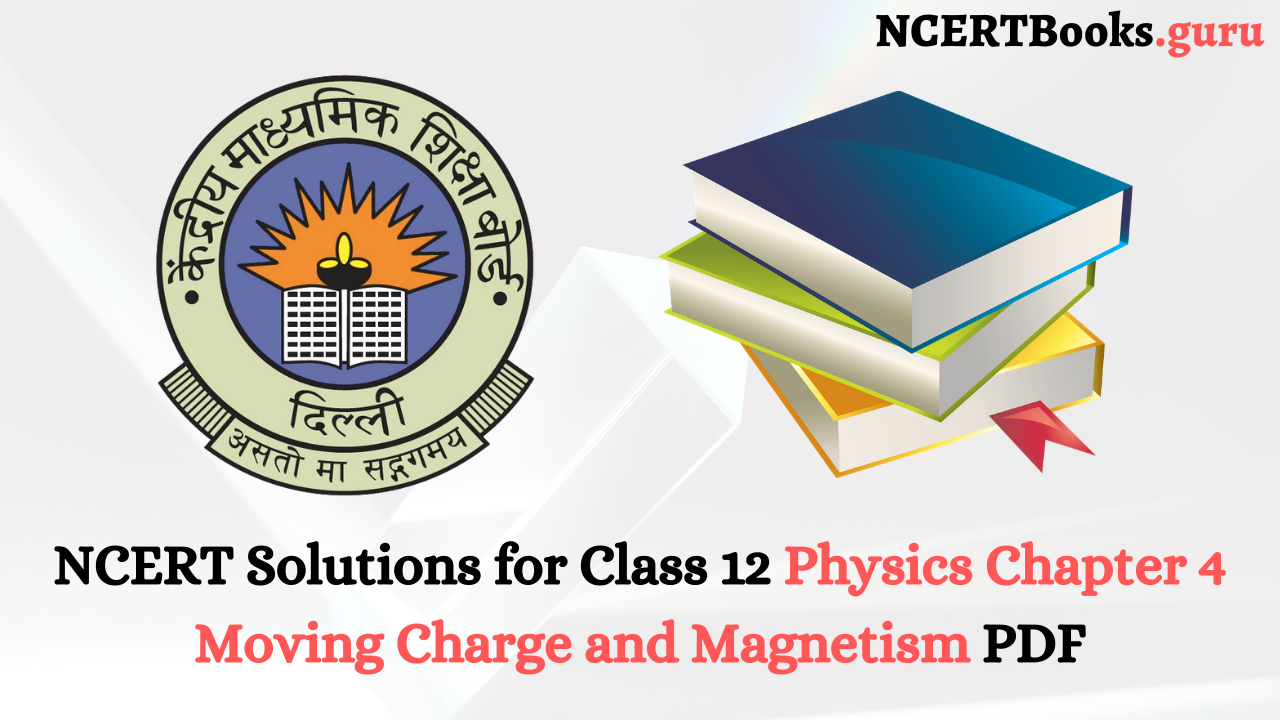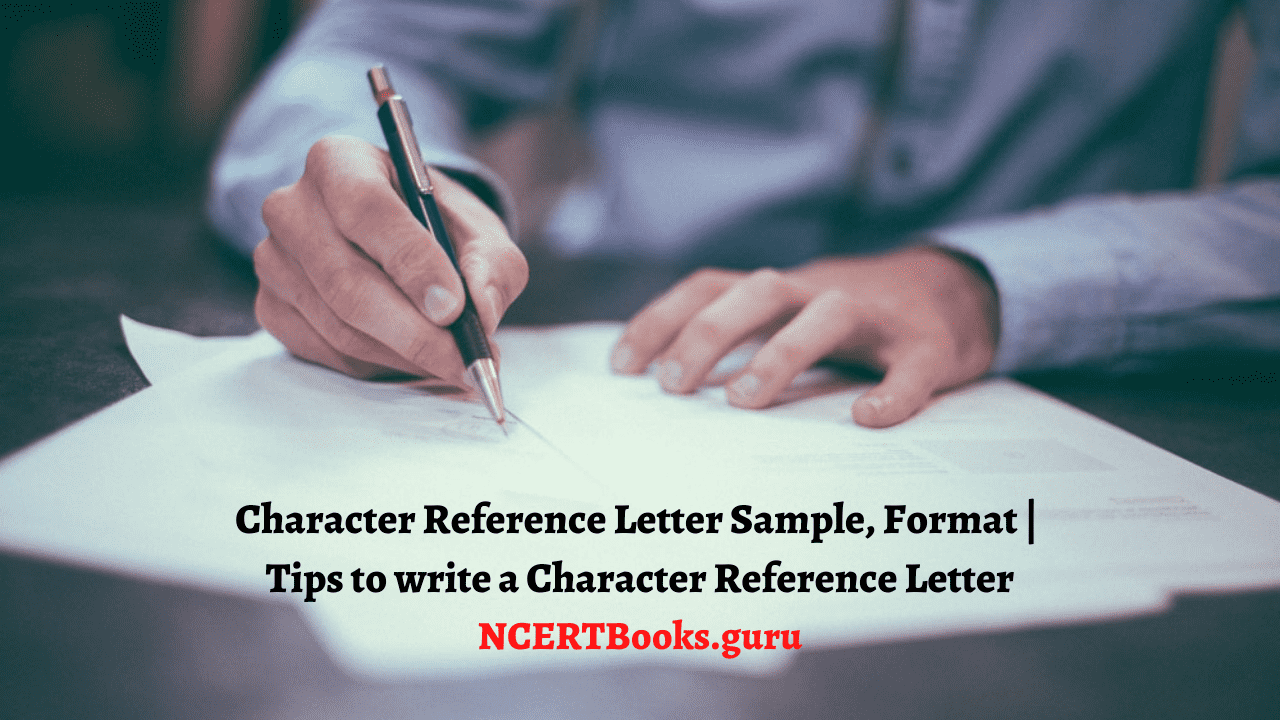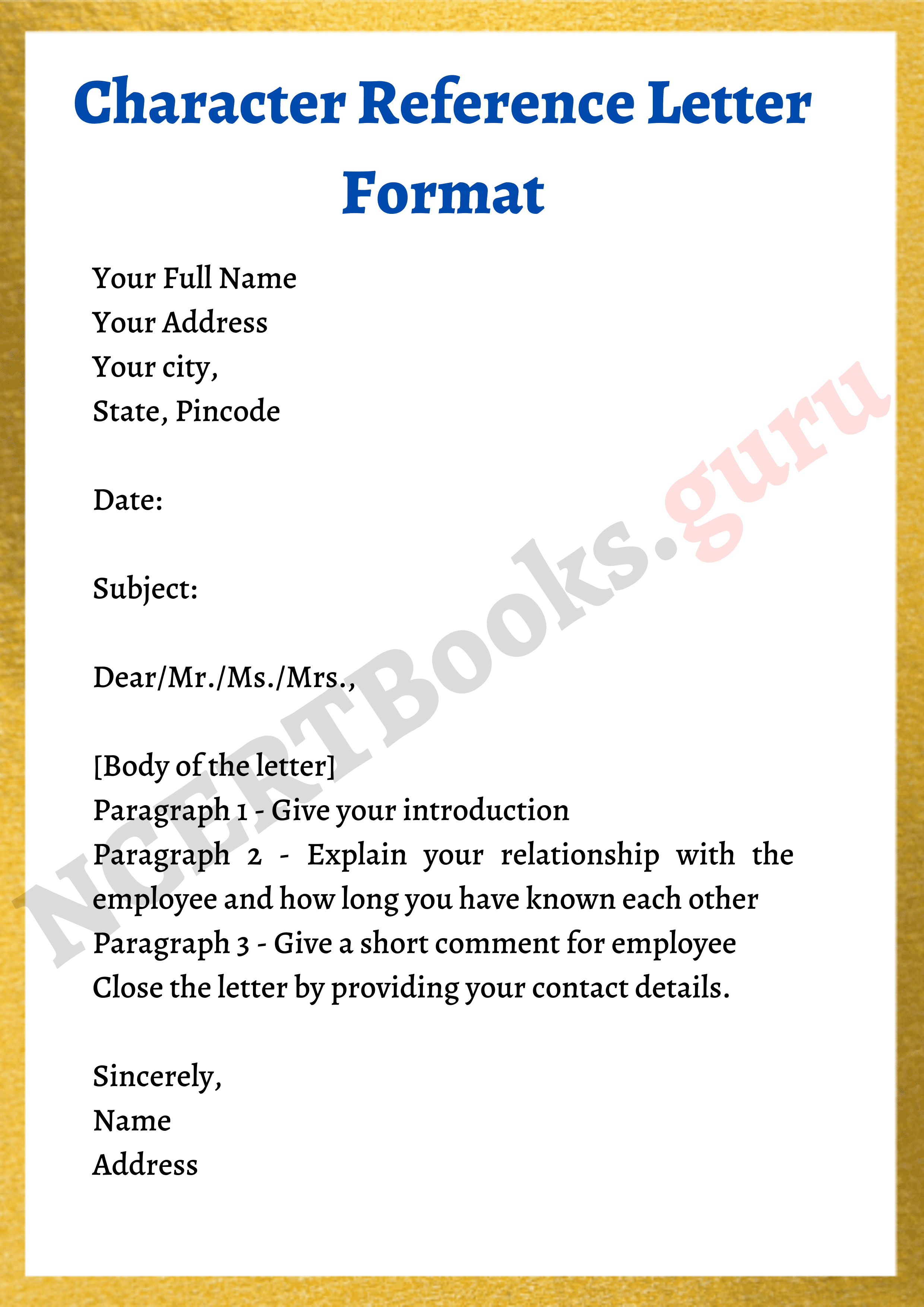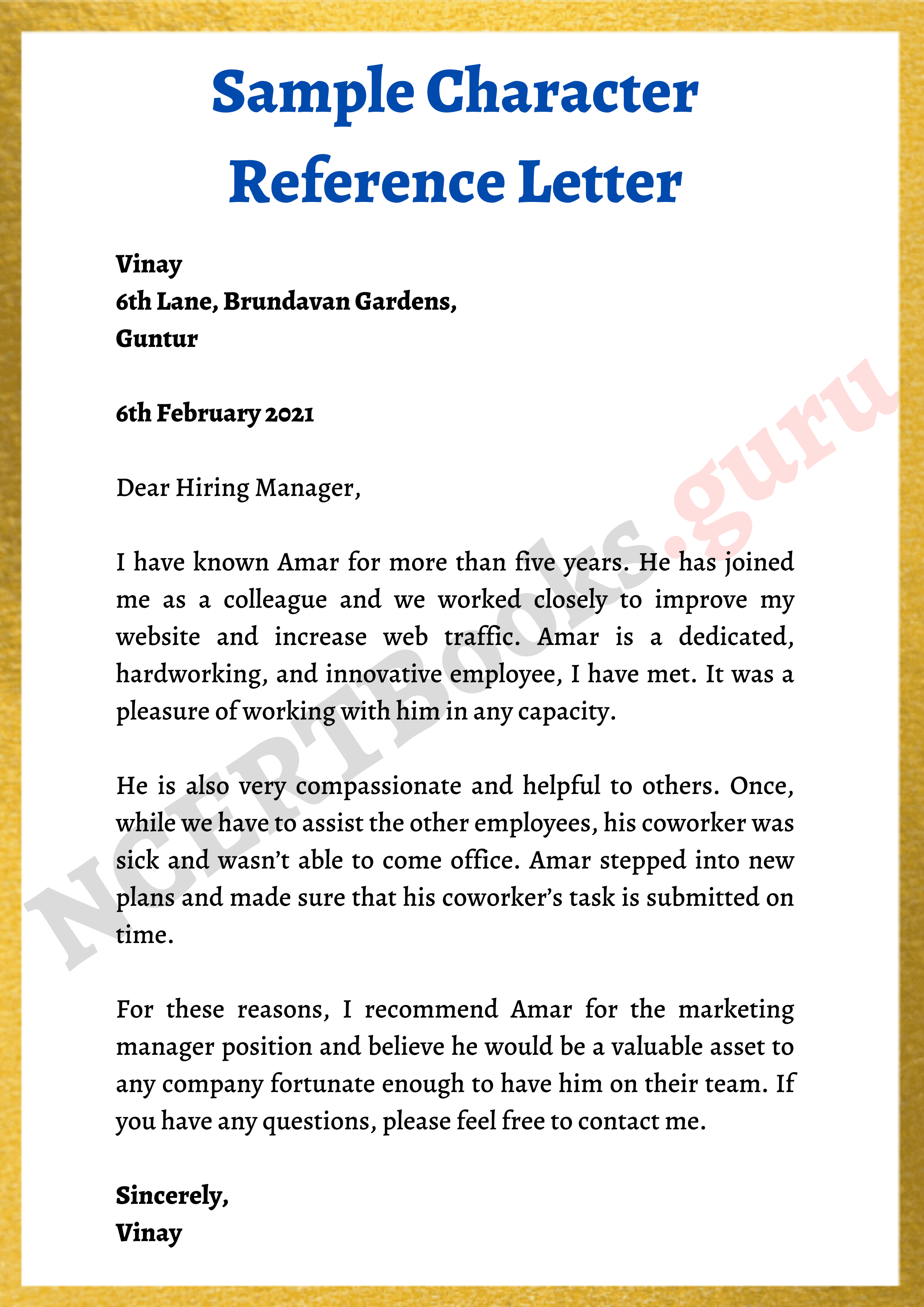Free PDF Downlaod links of NCERT Solutions for Class 12 Physics Chapter 14 – Semiconductor Electronics Materials Devices And Simple Circuits are available in this article. Refer to this page and start downloading 12th class physics NCERT Ch 14 Solutions for free of charge in PDF Format.
These solutions are designed by our experienced subject teachers as per the latest NCERT Textbook syllabus based om the CBSE Curriculum. Ace up your preparation with these NCERT Exercise questions and solutions PDF for class 12 physics and improve your subject knowledge on Chapter Semiconductor Electronics Materials Devices And Simple Circuits.
Class 12 Physics NCERT Solutions Chapter 14 Semiconductor Electronics Materials Devices And Simple Circuits
Students of 12th class can learn all the topics and subtopics of Physics Chapter 14 Semiconductor Electronics Materials Devices And Simple Circuits from the NCERT Solutions. Semiconductor Electronics Materials Devices And Simple Circuits Concept speak about the types of semiconductors and insulators.
Moreover, it also includes various other important topics like conductors, classification of metals, and semiconductors. Discussion of the difference between the intrinsic semiconductor and extrinsic semiconductor, semiconductor diode, application of junction diode, etc will be seen in this chapter 14 NCERT Questions & Solutions.
Refer to the 12th Class Physics NCERT Solutions of Ch 14 Solved Exercise and Miscellaneous Exercise Questions at your preparation & revision time to clear all your doubts on Chapter Semiconductor Electronics Materials Devices And Simple Circuits.
| Class | 12 |
| Subject | Physics |
| Book | Physics |
| Chapter Number | 14 |
| Chapter Name | Semiconductor Electronics Materials Devices And Simple Circuits |
NCERT 12th Physics Ch 14 Solved & Miscellaneous Exercises Questions with Solutions PDF
Students who are preparing for their board exams or any other competitive exams can refer to these Class 12th Physics NCERT Solutions of Ch 14 Semiconductor Electronics Materials Devices And Simple Circuits. These solutions are taken from the NCERT Textbooks and our subject experts prepared these NCERT Solutions in a comprehensive way.
Question 1.
In an n-type silicon, which of the following statement is true :
(a) Electrons are majority carriers and trivalent atoms are the dopants.
(b) Electrons are minority carriers and pentavalent atoms are the dopants.
(c) Holes are minority carriers and pentavalent atoms are the doplants.
(d) Holes are majority carriers and trivalent atoms are the dopants.
Answer:
(c) ‘Holes are minority carriers and pentavalent atoms are the dopants in n type semiconductor.’
Question 2.
Which of the statements given in Exercise 1 is true for p-type semiconductors ?
Answer:
(d) Holes are majority carriers and trivalent atoms are the dopants in p-type semiconductors.
Question 3.
Carbon, silicon and germanium have four valence electrons each. These are characterised by valence and conduction bands separated by energy band gap respectively equal to (Eg)c, (Eg)si and (Eg)Ge-
Which of the following statements is true ?
(a) (Eg)Si < (Eg)Ge < (Eg)c
(b)(E)c<(Eg)Ge>(Eg)si
(c) (Eg)c > (Eg)si > (Eg)Ge
(d) (Eg)c = (Eg)si = (Eg)Ge
Answer:
(C) (Eg)c > (Eg)Si > (Eg)Ge. Energy band gap is maximum in carbon and least in germanium among the given elements.
Question 4.
In an unbiased p-n junction, holes diffuse from the p-region to n-region because
(a) free electrons in the n-region attract them.
(b) they move across the junction by the potential difference.
(c) hole concentration in p-region is more as compared to n-region.
(d) All the above.
Answer:
(c) hole concentration in p-region is more as compared to n-region because hole diffusion takes place from higher concentration to lower concentration.
Question 5.
When a forward bias is applied to a p-n junction, it
(a) raises the potential barrier
(b) reduces the majority carrier current to zero
(c) lowers the potential barrier
(d) none of the above.
Answer:
(c) lowers the potential barrier by cancelling the depletion layer.
Question 6.
For transistor action, which of the following statements are correct :
(a) Base, emitter and collector regions should have similar size and doping concentrations.
(b) The base region must be very thin and lightly doped.
(c) The emitter junction is forward biased and collector junction is reverse biased.
(d) Both the emitter junction as well as the collector junction are forward biased.
Answer:
(b) and (c) : The base region must be very thin, lightly doped and the emitter junction is forward biased whereas collector junction is reverse biased to avoid unnecessary diffusion of charge carrier in the base and also for proper amplification.
Question 7.
For a transistor amplifier, the voltage gain :
(a) remains constant for all frequencies.
(b) is high at high and low frequencies and constant in the middle frequency range.
(c) is low at high and low frequencies and constant at mid frequencies.
(d) None of the above.
Answer:
(c) is low at high and low frequencies and constant at mid frequencies as per frequency response of a transistor.
Question 8.
In half-wave rectification, what is the output frequency if the input frequency is 50 Hz. What is the output frequency of a full-wave rectifier for the same input frequency.
Answer:
A half wave rectifier rectifies only one half cycle of input A.C.
.’. frequency of the output A.C.
= frequency of input A.C. = 50 Hz A full wave rectifier rectifies both halve cycles
of the A.C. input
.’. frequency of output A.C. = 2 x frequency of input A.C. = 2 x 50 = 100 Hz
Question 9.
For a CE-transistor amplifier, the audio signal voltage across the collector resistance of 2 kQ is 2 V. Suppose the current amplification factor of the transistor is 100, find the input signal voltage and base current, if the base resistance is 1 kΩ.
Answer:

Question 10.
Two amplifiers are connected one after the other in series (cascaded). The first amplifier has a voltage gain of 10 and the second has a voltage gain of 20. If the input signal is
0.01 volt, calculate the output ac signal.
Answer:

Question 11.
A p-n photodiode is fabricated from a semiconductor with band gap of 2.8 eV. Can it detect a wavelength of 6000 nm ?
Answer:

Since the energy of the light photon is less than the band gap energy of p-n diode, it can not be detected.
Question 12.
The number of silicon atoms per m3 is 5 x 1028. This is doped simultaneously with 5 x 1022 atoms per m3 of Arsenic and 5 x 1020 per m3 atoms of Indium. Calculate the number of electrons and holes. Given that ni = 1.5 x 1016 m-3. Is the material n-type or p- type ?
Answer:

Question 13.
In an intrinsic semiconductor the energy gap Eg is 1.2 eV. Its hole mobility is much smaller than electron mobility and independent of temperature. What is the ratio between conductivity at 600 K and that at 300 K ? Assume that the temperature dependence of intrinsic carrier concentration ni is given by

Answer:

Thus, conductivity of a semiconductor increases with rise in temperature.
Question 14.
In a P-n junction diode, the current I can be expressed as

where I0 is reverse saturation current. V is the voltage across the diode and is positive for forward bias and negative for reverse bias, and I is the current through the diode, KB is the Boltzmann constant (8.6 x 10-5 eV/K) and T is the absolute temperature. If for a given diode I0 = 5 x 10-12 A and T = 300 K, then
(a) What will be the forward current at forward voltage of 0.6 V ?
(b) What will be the increase in current if voltage across diode is increased to 0.7 V ?
(c) What is the dynamic resistance ?
(d) What will be the current if reverse bias voltage changes from 1 V to 2 V ?
Answer:
Statement of the given question is incorrect. The relation should be
Question 15.
You are given the two circuits as shown in Figure. Show that circuit (a) acts as OR gate while the circuit (b) acts as AND gate.

Answer:

Question 16.
Write the truth table for a NAND gate connected as given in Fig. Hence identify the exact logic operation carried out by these circuits.

Answer:
The NAND gate shown in the truth table has only one input. Therefore, the truth table is
| A | A | y = A.A¯ |
| 0 | 0 | 1 |
| 1 | 1 | 0 |
Since Y = A¯ in this case, the circuit is actually a NOT gate with the truth table
| A | Y |
| 0 | 1 |
| 1 | 0 |
Question 17.
You are given two circuits as shown in Fig., which consist of NAND gates. Identify the logic operation carried out by the two circuits.

Answer:

Question 18.
Write the truth table for circuit given in the Fig. below consisting of NOR gates and identify the logic operation (OR, AND, NOT) which this circuit is performing.

Answer:
Let y1 be the output which appears at the first operation of NOR gate.

| A | B | Y |
| 0 | 0 | 0 |
| 1 | 0 | 1 |
| 0 | 1 | 1 |
| 1 | 1 | 1 |
Question 19.
Write the truth table for the circuits given in the Fig., consisting of NOR gates only. Identify the logic operations (OR, AND, NOT) performed by the two circuits

Answer:

Utilize NCERT Class 12 Physics Chapter 14 Exercise Questions Solutions in pdf format and get a strong fundamental of Semiconductor Electronics Materials Devices And Simple Circuits. A step by step explained solutions will support you at your preparation and make you feel confident to attempt the exams. Also, you can score well by referring to the NCERT Class 12 Physics Solutions pdf.
Conclusion
Wishing that the details given here about the NCERT Solutions for class 12 physics chapter 14 will help you in studying the whole concept easily & effortlessly. If you have any queries on 12th class NCERT Physics Solutions PDF of ch 14 Semiconductor Electronics Materials Devices And Simple Circuits then drop your comments below.
Our team will get back to you soon with the best possible solutions. Meanwhile, visit or bookmark our site ncertbooks.guru and find more information about the ch 14 physics NCERT Solutions, books, syllabus, previous paper, MCQs, etc.
